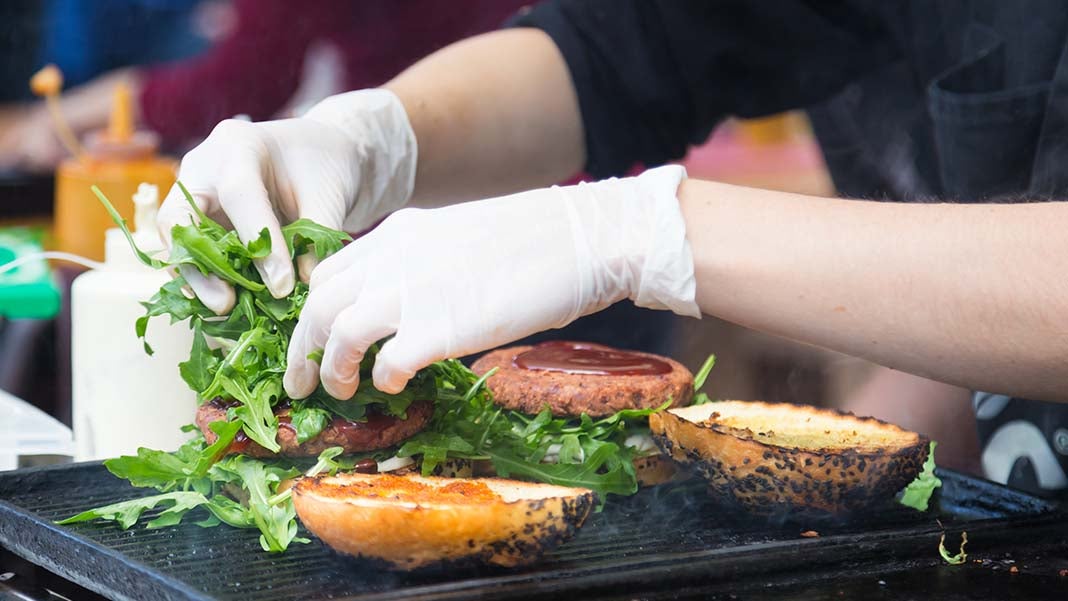
Restaurants and food-related businesses have been hit hard during the pandemic.
The National Restaurant Association found that restaurant and food-service sales were down $240 billion in the USA from their pre-pandemic forecasts for 2021. Not to mention the hundreds of thousands of restaurants that have been forced to close their doors.
The knock-on effect on the supply chain from the squeeze on restaurants is significant in the specialty foods sector. Even those restaurants that have survived being shut down and limited in capacity are looking to cut operational costs. In many instances, this puts specialty food on the chopping block.
So, what has this sector done to fight back? What innovations have spawned in the last two years?
Cooking at home – an opportunity
While the specialty food sector has taken a hit from the closure and contraction of restaurant services, new opportunities have presented themselves.
More people are cooking at home and looking for new and exciting ways to spice up their meals. Specialty foods sold via retail outlets have been able to satisfy this desire.
For example, refrigerated plant-based meat alternatives are one specialty food that has grown in popularity over recent years, allowing further supermarket penetration and subsequent price rises to fuel the suppliers of these products. Many of whom are small businesses.
Of course, relying on retail distribution is risky. Most supermarket chains that stock specialty foods will partner with limited brands and even those that they do work with can expect a tightening of their margins.
Innovation in the specialty food sector
Another component of the pandemic-driven specialty food innovation was a notable shift to online direct-to-consumer sales. Cutting out the middlemen (restaurants and supermarkets) and selling directly to loyal customers via a website, considerably increases a company’s margins and reduces the reliance on third parties.
Consumers have accelerated this innovation with their buying habits. Online sales during the pandemic are thriving and the food sector has benefited more than most. With online grocery sales and food delivery services experiencing dramatic growth.
With more restaurants offering takeaway and home delivery, and suppliers selling directly to customers via a website, specialty food companies have found a way to soften the blow of the pandemic and open up new sales channels.
The problem with innovation
When innovation comes from necessity – like the above examples have due to the pandemic – it is often flawed.
While the essence of a direct-to-consumer business model for specialty food companies is valid, most businesses in this sector are designed to operate based on B2B relationships. The way you market and sell a B2C company is considerably different from B2B. The sales cycle is much shorter and there is less nurturing required to make a sale.
The downside to that equation is that you may be non-existent in the consumer world if you’ve been solely dealing with retailers and distributors.
Consumer brands need a strong web presence such as a compelling website, active social media profiles, a well-trained customer service team, and a system for acquiring new customers and getting reviews. Most B2B specialty food businesses don’t have those skillsets on their team.
Specialty Foods Case Study – Santa Monica Seafood
It may be hard to visualize the challenges and opportunities in this sector without seeing an example. So let’s take a look at Santa Monica Seafood.
 This specialty foods business launched a direct-to-consumer brand called “Dock Direct” to combat the issues they were facing with demand fluctuations during the pandemic. Now seafood lovers can buy their high-quality produce online and have it sent straight to their homes. Rather than only experiencing it at restaurants.
This specialty foods business launched a direct-to-consumer brand called “Dock Direct” to combat the issues they were facing with demand fluctuations during the pandemic. Now seafood lovers can buy their high-quality produce online and have it sent straight to their homes. Rather than only experiencing it at restaurants.
To start this journey, they needed an eCommerce website. After considering Magento and Shopify Plus, they decided to go with BigCommerce.
In the words of Khai Vuong, Director of IT, “BigCommerce strikes the perfect middle ground between the large, complex solutions, such as Magento, and a smaller, more agile but restrictive solution, such as Shopify.”
Along with a brand new eCommerce website, Santa Monica Seafood understood the need for building a consumer-facing brand in the digital world. They began publishing recipes on their blog, and ramped up activity on Facebook, Instagram, and YouTube to engage with potential customers.
This innovation saw Santa Monica Seafood not only survive but thrive under the pressures of the pandemic.
It’s time to innovate, not dwell
The key takeaway from this discussion is that innovation is the key to long-term business success (and survival). Yes, the lockdowns and government-enforced restrictions that have come with the global pandemic have put significant pressure on the specialty foods industry.
But it’s easy to use that as an excuse. Smart businesses have adapted and found a way to thrive in this environment.
Santa Monica Seafood is one example, but there are many more as well.
Shifting from B2B to B2C in the food sector is a journey – there’s no doubting that. But with the right eCommerce solution and some wits about your marketing strategy, the switch can be fairly frictionless.












